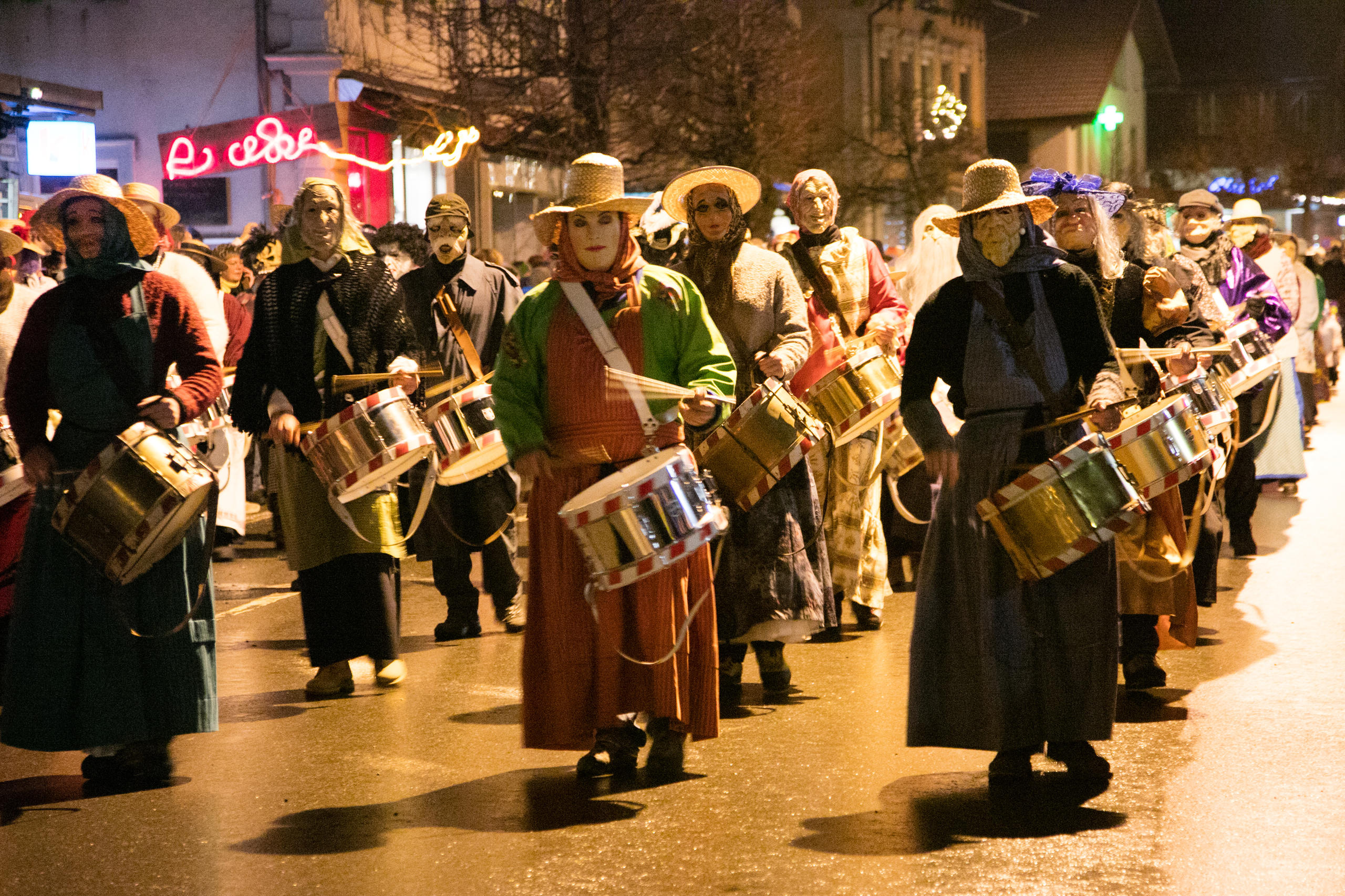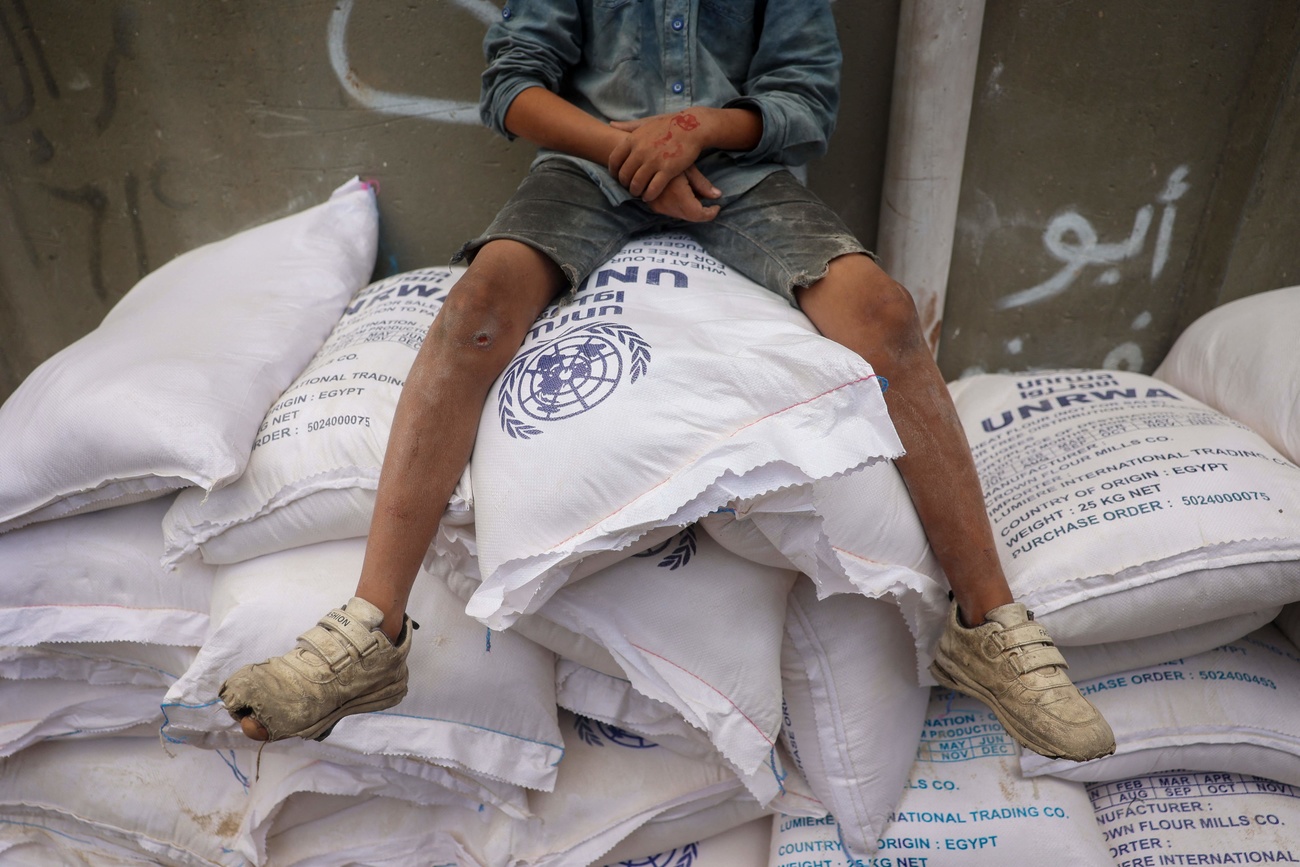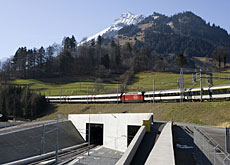Putting Switzerland on record

Just for the record, Switzerland has the world's keenest rail travellers, Europe's highest railway station, and recycles the most waste.
Everyone loves a record; we have the biggest, highest, longest, oldest… But does that necessarily mean the best? And why should we care? No one would seriously maintain that a waterfall becomes less beautiful or impressive if it turns out to be a few metres less high than a rival.
And yet it’s difficult not to feel pleased – if you live in Switzerland – to hear that there are more mountains in the Swiss Alps over 4,000 metres than anywhere else in Europe, or that the Aletsch glacier is the continent’s longest.
Over the next months, swissinfo.ch will be sharing its pride in the country’s records with you, our readers.
The keenest train users?
One record Switzerland is particularly proud of is the number of train users. In 2007 the Swiss yet again travelled more kilometres by train than anyone else in the world: each Swiss covered 2,103km, beating their nearest rivals, the Japanese, by 127km.
The figures are issued by Litra, the public transport umbrella organisation. Werner Neuhaus collates the statistics, and he explained to swissinfo.ch how it works – and that the figures may not be all they seem.
It is possible that Switzerland does even better than Litra’s annual report indicates. The statistics only cover rail companies which belong to the International Union of Railways. In Switzerland that means the Swiss Federal Railways and the BLS, which operates several major lines around Bern. Private companies, which carry about 13 per cent of passenger traffic, are not counted.
On the other hand, the method of counting might tip the balance the other way. Passengers are sometimes asked about their journeys when their tickets are checked, and a projection is made from these figures.
Recently the suburban trains around Zurich and Bern installed sensors which count everyone entering and leaving at each station. Both systems are regarded as highly reliable means of collecting data.
The totals achieved are then divided by the population to arrive at the distance each Swiss travels. Naturally the counting system cannot distinguish between residents and foreigners.
“So Switzerland does very well. We certainly have more foreign tourists using the railways than other countries do, and of course that pushes the average up,” said Neuhaus.
The highest waterfall?
People don’t stay still, which makes them hard to count, but waterfalls are stationary and should surely be easy to measure.
Not a bit of it. Switzerland has three waterfalls competing for the title of the country’s highest. The best-known is the Staubbach fall in the Lauterbrunnen valley in the Bernese Oberland, but in 2006 new measurements were taken which showed that the Seerenbach falls by Lake Walen in canton St Gallen were even higher.
Then in 2009, another candidate snatched the record: the Mürrenbach fall, also in the Bernese Oberland.
Geographers Florian Spichtig and Christian Schwick spent two years measuring 250 waterfalls in Switzerland. Spichtig told swissinfo.ch that there are different ways of defining them and people disagree about what counts and what doesn’t – and they can be difficult to assess.
To get an accurate height for the inaccessible middle stage of the Seerenbach falls, for example, Spichtig and Schwick had to abseil down to it.
Why records?
Carmen Tanner, an expert in cognitive social psychology at Zurich University explained to swissinfo.ch that individuals strive for a positive self image, and that studies show that they find it not only in their own qualities, but also in their membership of a particular social group.
“Records would be one way in which you could try to demonstrate the superiority of your group or nationality over other groups or nationalities,” she said.
Peter Gerber, scientific officer in the Waste Division at the Federal Environment Office, plays down the competitive aspect. Switzerland is certainly a world leader in recycling domestic waste, he told swissinfo.ch.
“But I don’t like to talk about world champions in recycling, because in a championship only the winner counts. But in recycling all those taking part are important. Some countries simply started later and are now catching up.”
Pia Schubiger, who has curated an exhibition on Swiss army knives at the Forum der Schweizer Geschichte museum in Schwyz, says a knife made specifically to get into the Guinness Book of Records wasn’t simply created to beat the competition, but as a demonstration of the maker’s skill – part of a tradition going back more than 100 years.
“I think in this case the aspects of audacity, precision and delight in invention are just as important as the entry in the Guinness Book of Records,” she told swissinfo.ch.
Records are certainly a marketing advantage, as Marina Tonn, head of public relations for the Jungfrau Region marketing, explained.
She assured swissinfo.ch that visitors come specifically to try out such things as the record long Lauberhorn ski descent. “You see it too with the Jungfrau railways which has the highest station in Europe [Jungfraujoch]. They really stress that in their communication world wide.”
We hope that you too will be attracted by all the records we have assembled for you!
Julia Slater, swissinfo.ch
Over the next months swissinfo will be featuring all kinds of records.
Here is just a taste:
The highest village
The longest tunnel
The biggest chalet
The smallest bank
The oldest house
The most expensive watch
The first vegetarian restaurant
Some are easy to measure and are indisputable, some are a matter of definition and are contentious.
Proven or not, records are a useful marketing tool.
And we hope you will have fun with them.

In compliance with the JTI standards
More: SWI swissinfo.ch certified by the Journalism Trust Initiative














You can find an overview of ongoing debates with our journalists here . Please join us!
If you want to start a conversation about a topic raised in this article or want to report factual errors, email us at english@swissinfo.ch.